If you’ve gone through physics practical classes of most school boards, experiments based on electricity would have been part of the lessons and you must have seen an ammeter in action. It is part of most electricity-related textbooks for school classes 10 to 12 as well. Today, we will tell you what exactly an ammeter is, how it works, how much it costs, and how many types of them are there. One thing you can be certain of ‒ ammeters are an obvious part of any electronics or physics lab equipment package .
Definition of an Ammeter
An ammeter is an instrument for measuring the current flowing through a live circuit. The word ‘ammeter’ is actually an abbreviation for the word ‘ampere meter’… why? It is because the current flowing through a circuit is measured in Amperes (A) and this meter counts that ‒ hence the name. There are milli-ammeters and micro-ammeters as well, for measuring smaller and smaller amounts of currents in tinier electrical circuits. Or even in living matter.
Early History
To be precise, ammeters are evolutions of galvanometers, which were used to detect the presence of electricity in a circuit. It was Hans Christian Ørsted who first noticed that a compass needle moves if there’s a wire close to it passing electricity, way back in 1820. After that, this idea was used in tangent galvanometers to measure currents.
But all of them had a problem ‒ they had to be set up along the earth’s magnetic axis, and depended upon the earth’s magnetic force and so were not that much dependable. This was solved by using permanent magnets to provide the ‘force field’ in which the needle mechanism can move. Thus true ammeters were born. The D’Arsonval galvanometer is a good example of an early true ammeter.
Working Principle of an Ammeter
To put it most simply, an ammeter is nothing but a galvanometer with a shunt resistance. A galvanometer can only detect small currents, and you cannot send a full circuit’s current through it ‒ it would not survive that.
So instead what we do is to add a low-value resistor in parallel with the galvanometer. The maximum amount of current passes through the resistor (which we call that shunt resistance), and a proportional small current passes through the galvanometer. The reading on the meter remains proportional, and with the correct value shunt resistance, we can interpret the reading as the correct value of current passing through the circuit. We would discuss the details of how to convert a galvanometer to an ammeter in a later article.
An ammeter is like a finger on the pulse of the live wire.
How to Place an Ammeter in a Circuit
Since an ammeter is supposed to measure the current in a circuit, it has to be connected in a way so that it does not disturb the normal current flowing through the system. An ammeter has very low (ideally, zero) internal resistance. So, if you connect it in parallel to two points, the whole current will pass through the meter itself and the actual circuit will not have any power (at least, the point between which you’re measuring).
This is why an ammeter must be connected in series in the circuit to measure the current flowing through it. When in series, an ideal ammeter acts like just another piece of wire, so the current doesn’t get affected.
Please note that so far we’ve talked about DC ammeters only; anything you’ve learned above applies to a direct current flowing through a circuit. For measuring AC current, see below.
Types of Ammeters
Though not very complicated to begin with, ammeters can vary depending upon their inner mechanism. The most common ammeter types are as follows:
Moving Coil Ammeter
As we have mentioned above, the basic ammeter was just a compass, deflecting due to electromagnetic force created by a nearby live wire. But it was found to be far better to use a static strong magnet to deflect a loosely held wire itself. This is the basic idea behind the moving coil ammeter.
A moving coil ammeter has three main components ‒ a permanent magnet, a spiral spring, and a coil of thin wire mounted on the spring. The needle is also mounted on the spring too. When current flows through the coil, it creates a magnetic field and the field from the permanent magnet pushes it. Since the magnet is immovable but this coil is mounted on a spiral spring, it gives way and rotates as per the strength of its magnetic field. And so the needle moves and we see a reading.
It was Edward Weston who perfected this type of moving coil ammeter first. These meters have linear scales and can measure current from a few micro-amperes to 10 milli-amperes. These ammeters have a precise direction of current; meaning they have a positive and a negative pole. Also, they cannot measure AC current.
Moving Magnet Ammeter
Operating on more or less the same principle as above, the moving magnetic ammeter keeps the magnet moving while keeping the coil static. The coil sits cozily with the meter case, while a tiny but good magnet sits on top of the spiral spring with the needle.
Moving magnet ammeters can have big, thick coils, and so they can detect much higher amounts of currents like 20-50 Amperes. They are also larger than the previous kind of ammeters. In fact, some of them have so powerful magnets, instead of spiral springs they have to use some other mechanism to fix the magnet.
Electrodynamic Ammeter or AC Ammeter
What if, instead of using one magnet and one coil, we use both coils? The result is what we call an electrodynamic ammeter. Instead of a magnet, it has a coil acting as an electromagnet, and the other coil sits on a spring-work platform with the needle as usual. Instead of a permanent magnetic field, the needle moves on the influence of the temporary magnet created by the bigger coil.
Since the polarity of the coils would cancel out each other in the deflection, this is the first type of ammeter able to work with both DC and AC current. Therefore, electrodynamic ammeters are the first AC ammeters, with no positive or negative poles.
Moving Iron Ammeters
Responding to both direct and alternating currents, the moving iron ammeter is ingenious. In this, there are two curved plates or ‘vanes’ of soft iron (or high-permeability steel) placed concentrically within a fixed coil of wire. The outer iron vane is fixed and is closer to the coil.
When the current passes through the coil, the pair of the outer iron and the coil becomes an electromagnet. This excites the inner vane as well and it wants to align itself properly to the magnetic flux. And so the needle attached to it shows a reading. When turned off, a small spiral spring or simple gravity restores the needle back into position.
Since the electromagnet will get created regardless of whether the current is direct or alternating and the inner iron will react in the same manner in both cases, the moving iron ammeter can work with both AC and DC currents. This also can indicate the RMS value of a passing AC current.
There is a problem with these ammeters. Since the amount of deflection is proportional to the square of the passing current, the scale of the moving iron ammeter has to be logarithmic. Meaning, in the lower ends, the scale would be very much crowded and it would be harder to detect small amounts of currents.
Digital Ammeter
As with many digital measuring devices, the digital ammeter works on the same idea ‒ taking the value from an analogue system and handing it over to an ADC (Analog to Digital Converter). The digital ammeter is no exception. In modern instruments, actually what happens is instead of measuring the current, the voltage across a shunt is measured and that is calibrated to show up in an ampere scale.
Integrating Ammeter
These are known more commonly as energy meters. Instead of just showing the present value of current in the reading, an integrating ammeter adds them up and shows the incrementing value. Naturally, often it has multiple dials to show various denominations of the energy unit value. Basically, the current acts to magnetically spin a freewheel slowly, which turns a clock-like mechanism that displays the value in the dials. Today, it has gone digital as well.
Last But Not Least
Ammeters have been pivotal in the electrical technology field. Without them, we wouldn’t know the amount of current flowing through a circuit, and thereby most of the electric devices and systems ever invented would not be possible. In your school physics laboratory, you’ll be using an ammeter to measure the current flowing through one of your first circuits ‒ respect it, love it. An ammeter is like a finger on the pulse of the live wire.


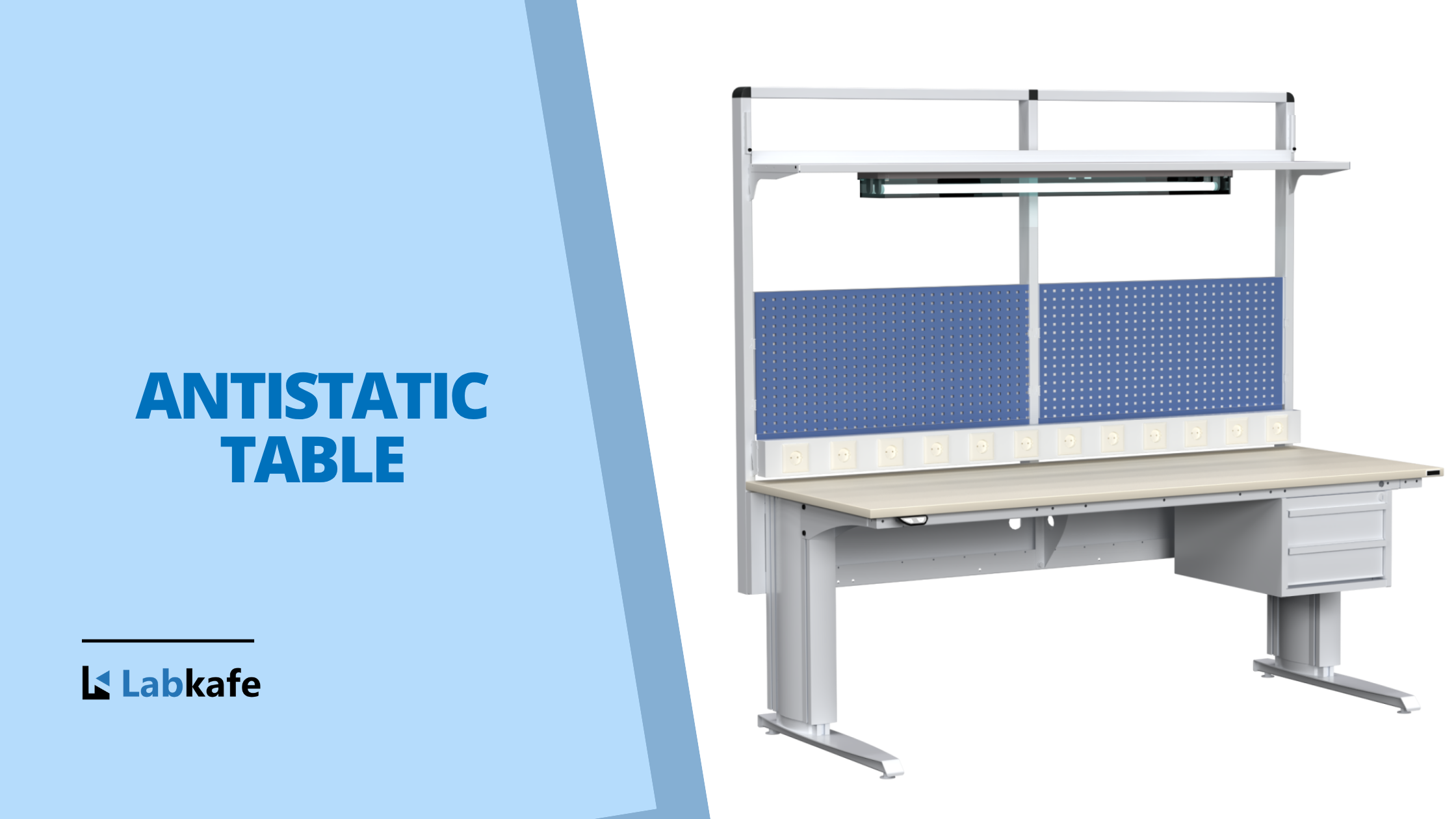
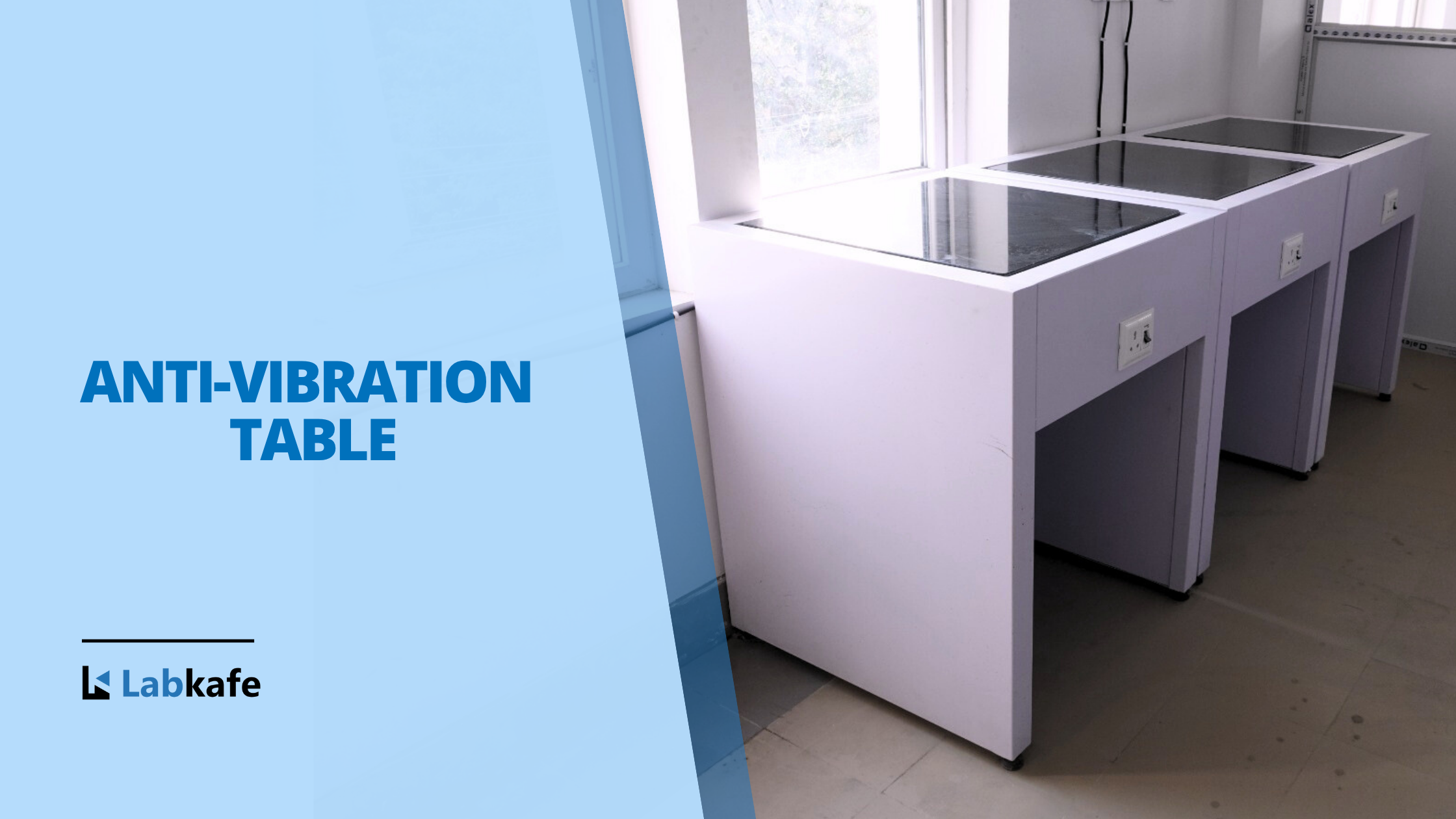


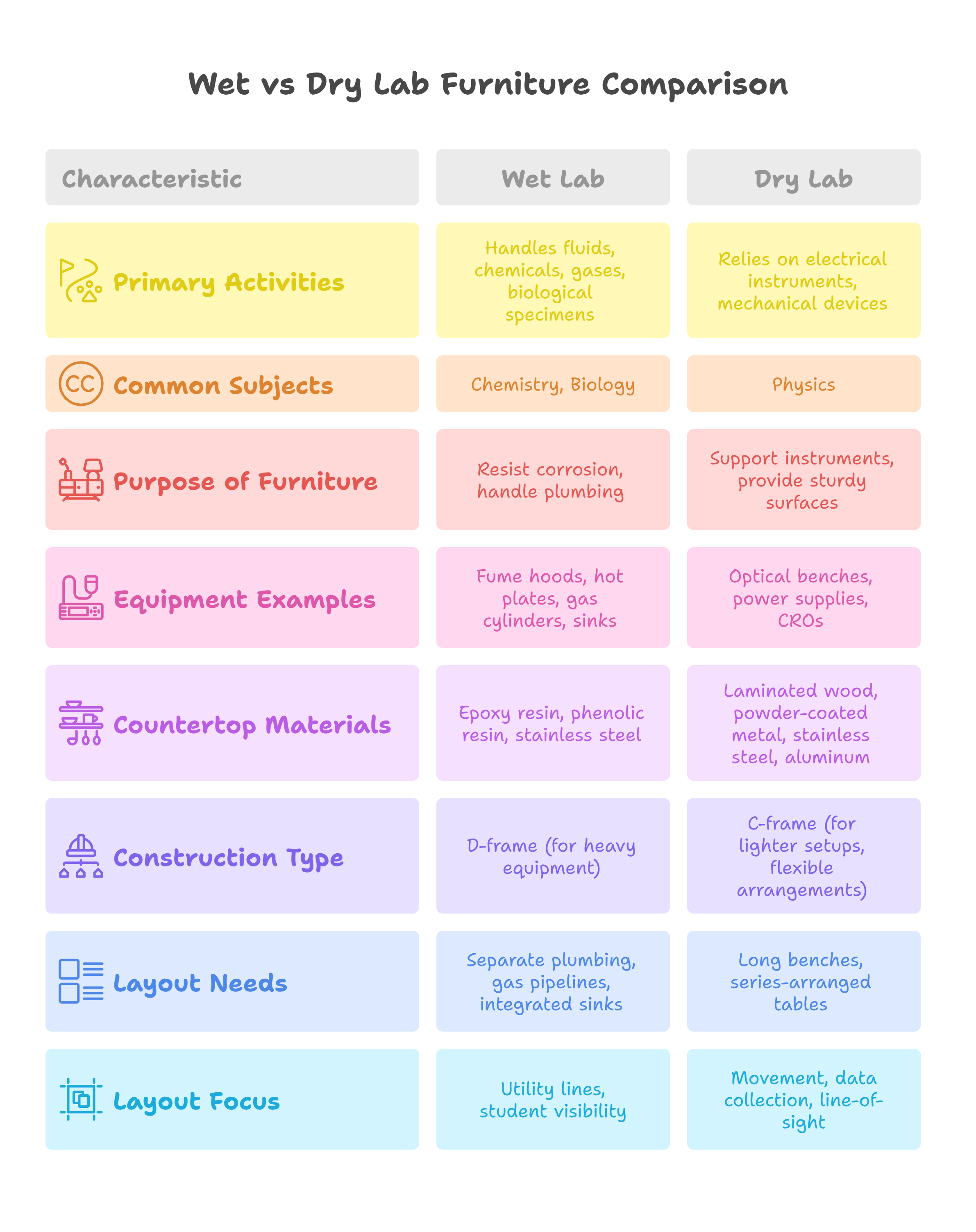
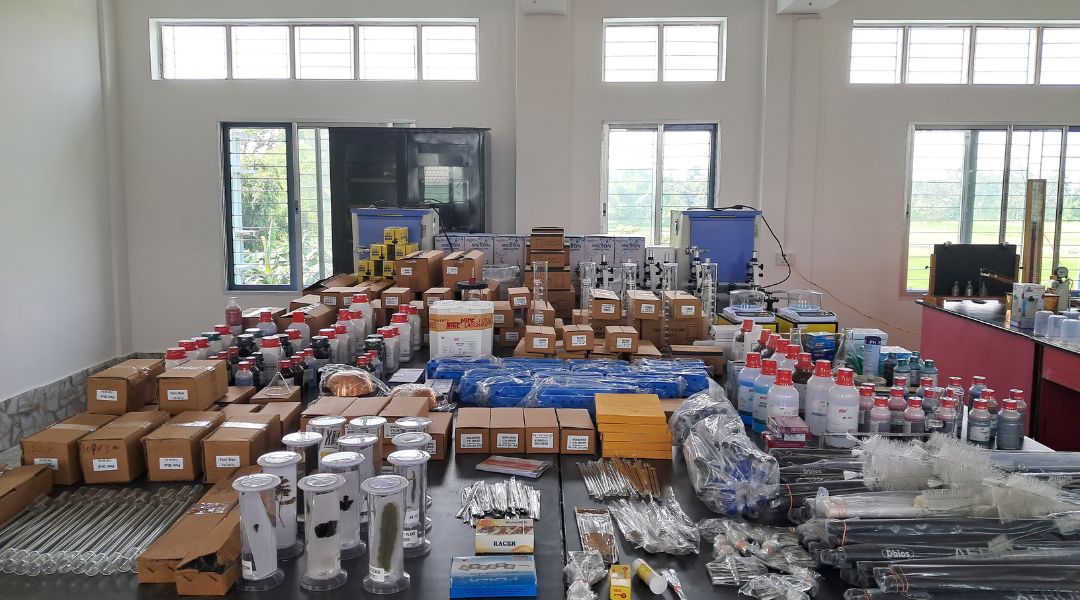
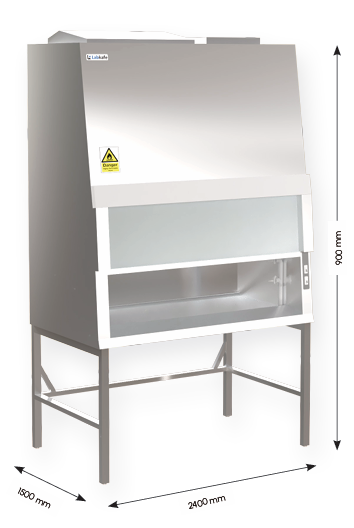
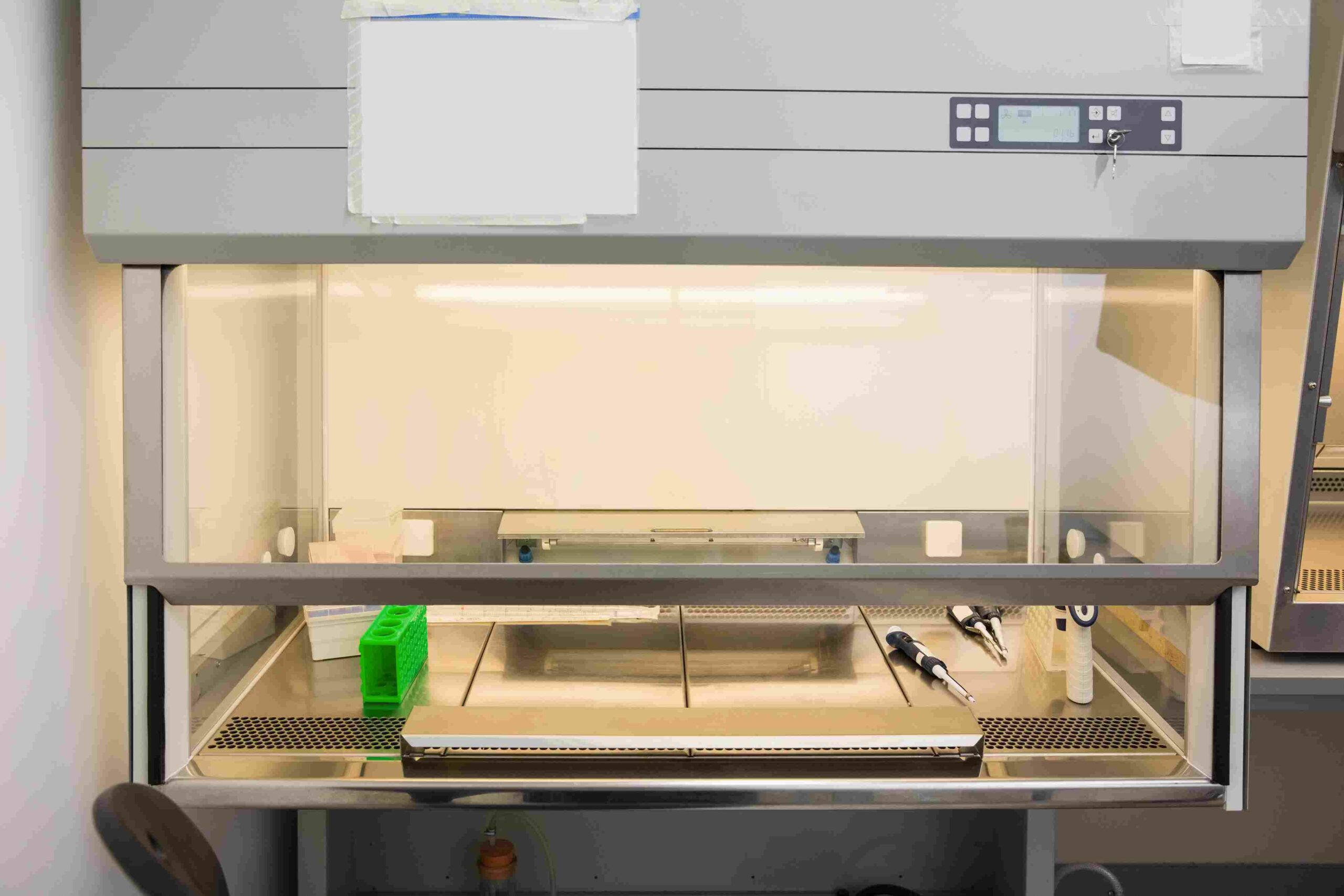
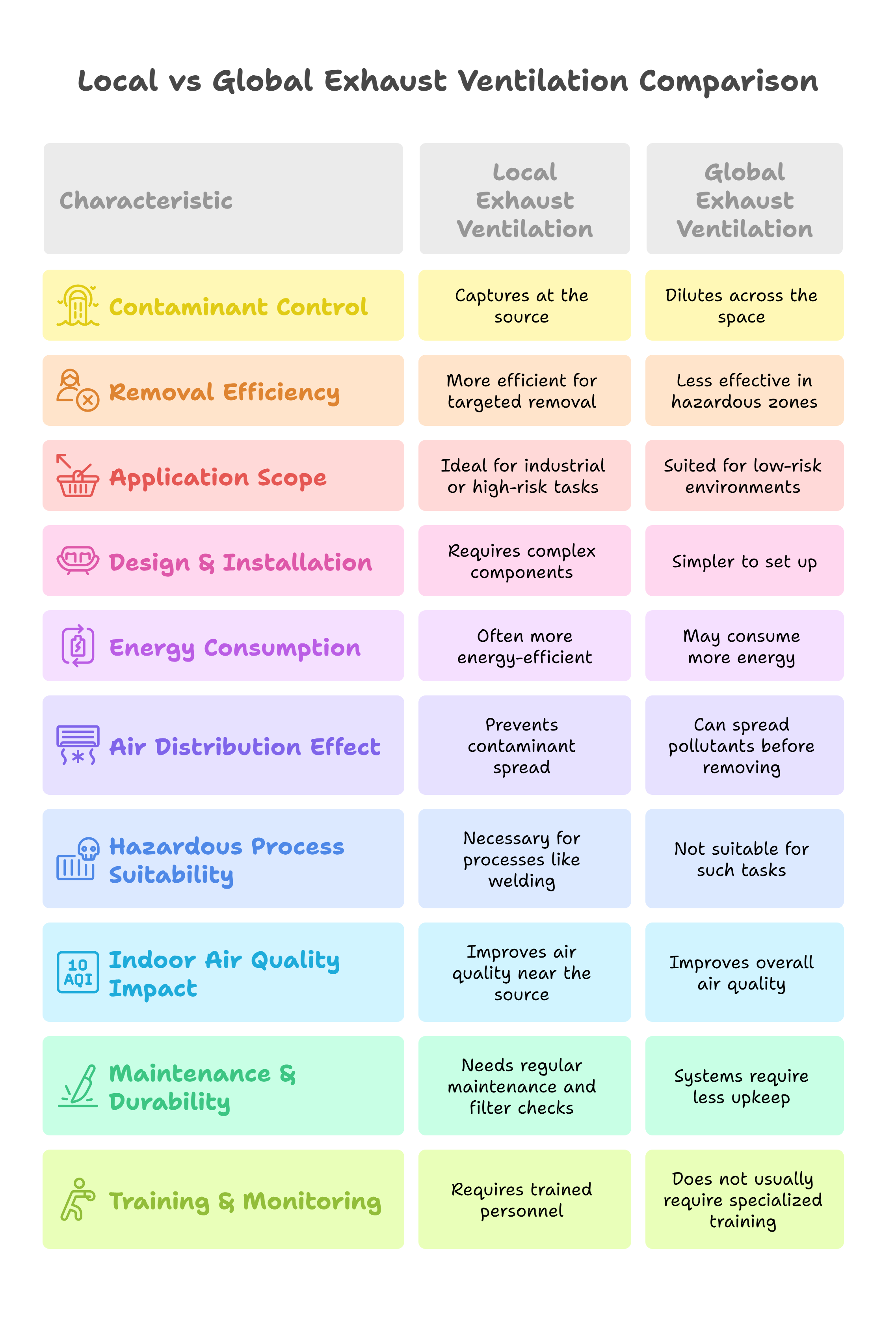

Leave a Reply